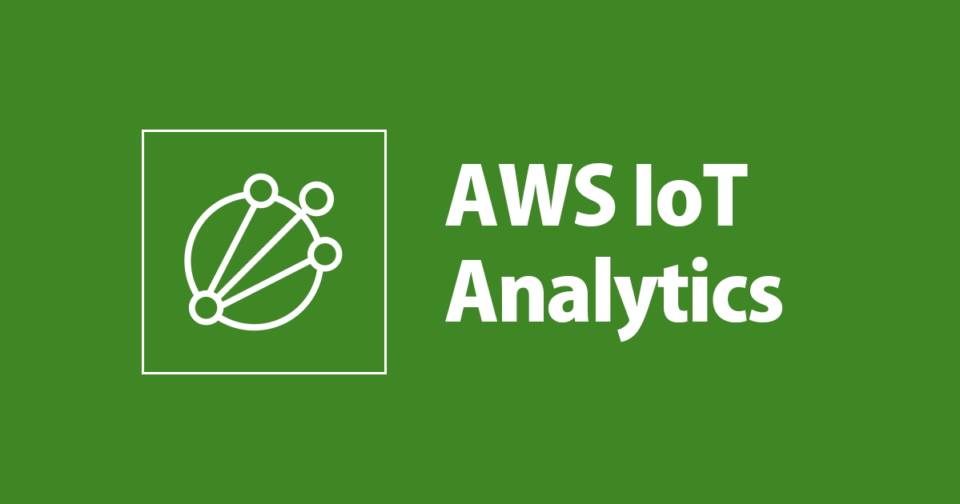Demystifying Amazon IoT Analytics Services in AWS: A Beginner's Guide with Examples
 Sumit Mondal
Sumit Mondal
Introduction:
In the rapidly evolving landscape of technology, the Internet of Things (IoT) has emerged as a game-changer, connecting devices and collecting vast amounts of data. Amazon Web Services (AWS) provides a robust suite of tools to analyze and derive meaningful insights from this data. One such powerful service is Amazon IoT Analytics. In this blog, we'll walk you through the basics of how to use Amazon IoT Analytics Services in AWS, illustrating each step with simple examples.
Understanding Amazon IoT Analytics:
Amazon IoT Analytics simplifies the complex task of processing and analyzing IoT data, allowing you to focus on deriving valuable insights. The service seamlessly integrates with other AWS services, making it an integral part of the AWS IoT ecosystem.
Step 1: Setting up AWS IoT Analytics:
Before diving into IoT data analysis, ensure that you have an AWS account. Once logged in, navigate to the AWS IoT Analytics console. Create a channel to ingest data, a pipeline to process it, and a data store to store the results. For simplicity, let's consider a use case where we want to analyze temperature data from IoT devices.
Example:
Channel Setup: Create a channel named "TemperatureChannel" to receive temperature data.
Pipeline Configuration: Set up a pipeline called "TemperaturePipeline" to filter and transform the incoming data. For instance, you can filter out data below a certain threshold and transform it into a standardized format.
Data Store Configuration: Establish a data store named "TemperatureDataStore" to store the processed temperature data.
Step 2: Defining Data Sets and Data Retention:
After setting up the basics, define a data set to specify the data you want to analyze. You can select data from your channel, apply filters, and set a time range for analysis. Additionally, configure data retention policies to manage storage costs effectively.
Example:
Data Set Creation: Create a data set named "TemperatureDataSet" to include data from the "TemperatureChannel." Apply filters to focus on a specific date range or device ID.
Data Retention: Set a retention policy to automatically discard older data, ensuring you only analyze relevant information.
Step 3: Running Analyses with Notebooks:
AWS IoT Analytics provides Jupyter notebooks for running analyses. You can leverage pre-built templates or create your custom notebooks for in-depth analysis.
Example:
Notebook Creation: Develop a notebook named "TemperatureAnalysis" to explore temperature trends over time. Use Python or SQL queries to extract insights from your data set.
Visualization: Utilize the notebook to create visualizations such as line charts or heatmaps to represent temperature variations.
Step 4: Integrating with AWS Services:
Amazon IoT Analytics seamlessly integrates with various AWS services to enhance your analytical capabilities. You can use Amazon QuickSight for interactive dashboards, Amazon S3 for long-term data storage, or AWS Lambda for serverless computing.
Example:
- QuickSight Integration: Connect your data set with Amazon QuickSight to create interactive and dynamic dashboards showcasing real-time temperature trends.
Conclusion:
Amazon IoT Analytics in AWS empowers users to extract valuable insights from IoT data effortlessly. By following these simple steps and examples, you can get started on your journey to harnessing the power of IoT analytics. Experiment, explore, and unlock the full potential of your IoT data with Amazon IoT Analytics in AWS.
Subscribe to my newsletter
Read articles from Sumit Mondal directly inside your inbox. Subscribe to the newsletter, and don't miss out.
Written by

Sumit Mondal
Sumit Mondal
Hello Hashnode Community! I'm Sumit Mondal, your friendly neighborhood DevOps Engineer on a mission to elevate the world of software development and operations! Join me on Hashnode, and let's code, deploy, and innovate our way to success! Together, we'll shape the future of DevOps one commit at a time. #DevOps #Automation #ContinuousDelivery #HashnodeHero